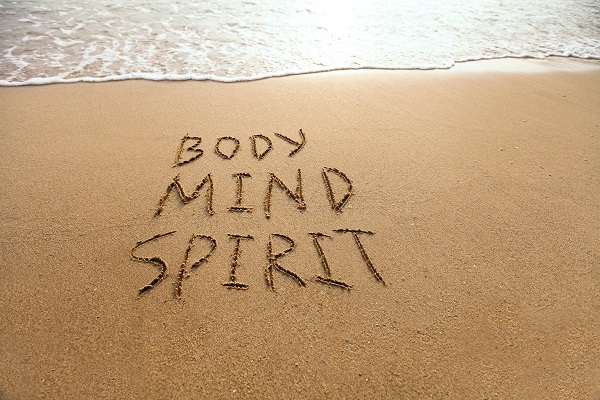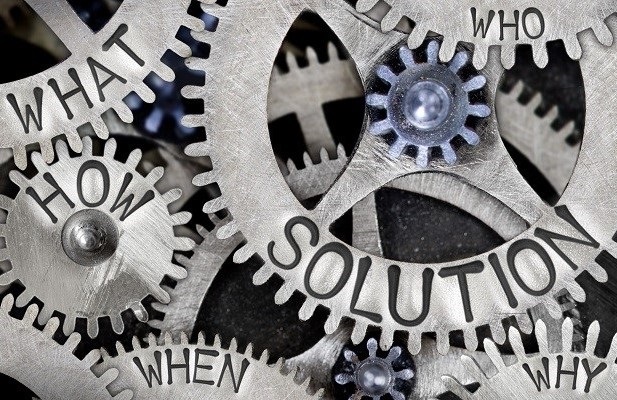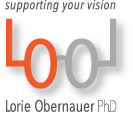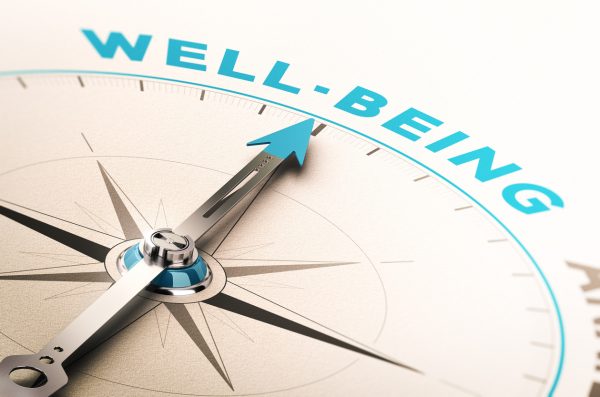Monday morning is a stressful time for many people. Anxiety about work or a depressed mood are not beneficial for anybody but they can be dangerous relapse triggers for people in recovery from addiction.
One way to deal with the Monday blues is to confront it head-on and make a virtue of it. Michael Arnold is the director of alumni and recovery support services at Harmony Foundation. She has found an engaging way to help people in recovery snap out of any dark moods they may be experiencing.
In May, Michael started a podcast called “Monday State of Mind” to give the recovery community a positive start into the workweek. Her sheer boundless enthusiasm alone will cheer up your Monday—or any other day for that matter. “I know the good that happens when I choose to be consciously aware of my state of mind,” explained the woman known as the “Hurricane of Happiness” in episode one. An alumna of Harmony herself, Michael continues to use the tools that were given to her while she was there as a client.
The fuel behind “Monday State of Mind” is her intense desire to “recover out loud” and in the process help others in the same situation. “ At Harmony, I get to help alumni implement the foundation they learned into their daily lives and help show them how to continue to take their power back by creating and living lives that are filled with continuous growth, meaningful connection, service, gratitude, and so much more.”
“Monday State of Mind” means to tackle thought-provoking questions that relate to recovery and how to apply the answers into the daily life of listeners. Michael aims to challenge listeners to ask themselves whether their state of mind is helping them catapult their week forward, or whether it is harming their week.
And when things don’t go your way, you just have to deal with it—appropriately. The week leading up to episode nine reminded Michael to keep it authentic when she realized that her request for listener questions had resulted in zero replies. In typical Michael Arnold fashion, she turned that Monday disappointment around and made it the topic of the episode that followed four episodes about humility after all.
At first, she got anxious and started blaming herself for this “failure.” Destructive, self-defeating thoughts showed up: “Why are you even doing this podcast?” and “No one is listening!” Then her ego chimed in: “Michael, you can’t admit that no one submitted questions. Just make some up!” But she felt fairly uneasy about making things up—she didn’t want to be a fraud. Instead, Michael called a friend who put her straight: “Michael, this is your opportunity to really show what you have been talking about. Your topics are happening to you. You have a great opportunity to be humble to the world and talk about it.”
Michael realized that “in order to change your state of mind you have to make tough decisions to grow. You have to be prepared to be a little uncomfortable.” She understood that she can’t expect listeners to be transparent, truthful, and vulnerable if she is not prepared to be so herself. After all, nobody is perfect and you can’t beat the Monday blues by faking it.
_____________________
Catch the podcast here: https://stage.harmonyfoundationinc.com/monday-state-of-mind/
Michael Arnold is the co-author of Drowning in Addiction: A Personal Guide to Recovery
Subscribe on any of these podcast platforms!
Apple Podcasts
Spotify
Google Podcasts
Stitcher












